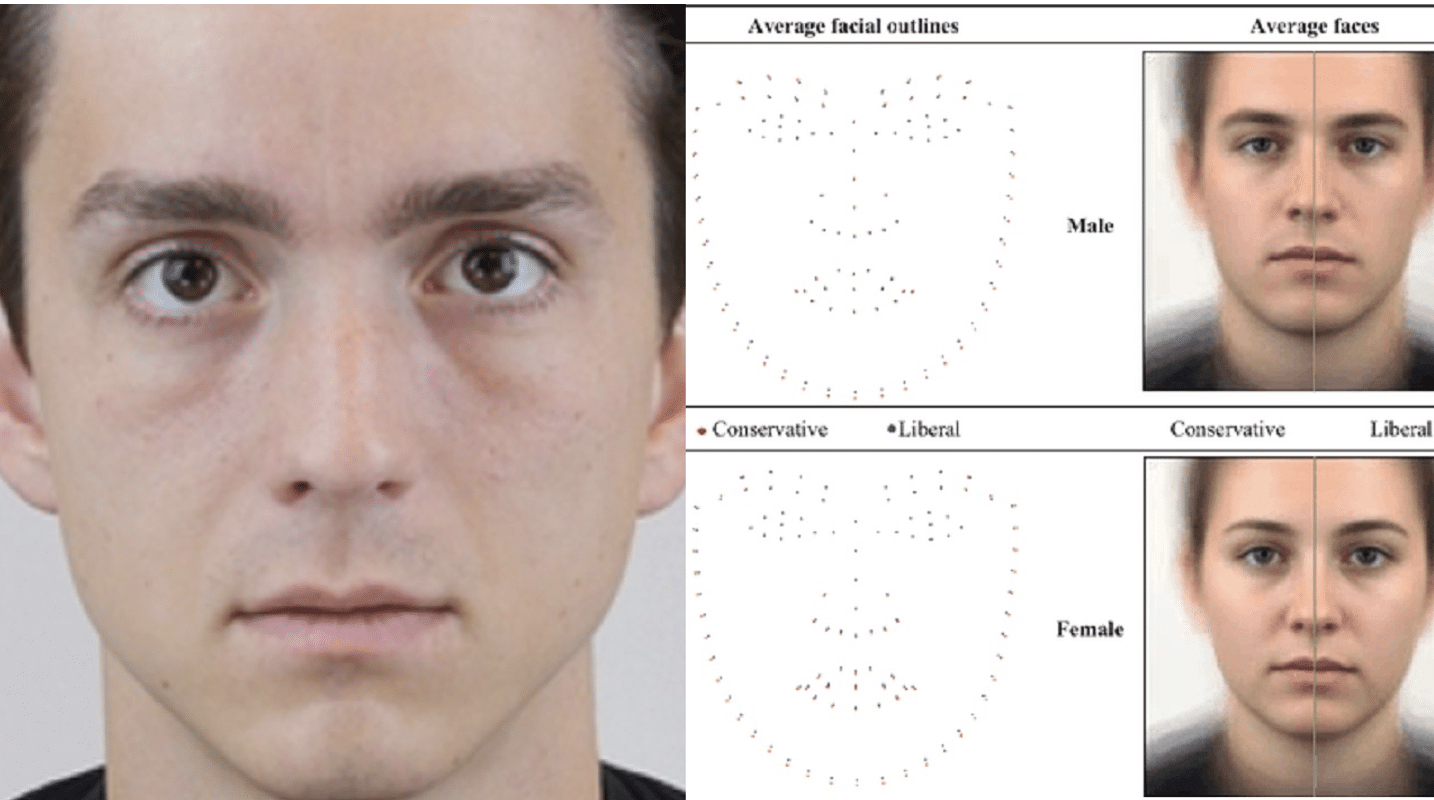September brings a chance to see a comet. It will be bright enough that you can readily glimpse it using binoculars, though it will be much easier to see using just a small telescope. Comet Giacobini-Zinner was discovered in December 1900 by the French astronomer Michel Giacobini at the Nice Observatory in France. Initially, Giacobini calculated that this newfound comet had a relatively short orbital period of just under 7 years, but no one saw the object during its anticipated 1907 return.
Then in 1913, about six months before the comet was expected to return to perihelion, the German astronomer Ernst Zinner at the Dr. Karl Remeis-Observatory in Bamberg, Germany, discovered a comet. It carried his name for a week (going by “Comet Zinner”) before astronomers figured out that it was, in reality, the lost Comet Giacobini, which had a slightly shorter orbital period than astronomers originally calculated. Ever since then, the comet has borne the names of both men. Observers missed Comet 21P/Giacobini-Zinner twice more in 1920 and 1953, when it wasn’t well placed for observation, but it has been seen at 14 other returns. READ MORE

















